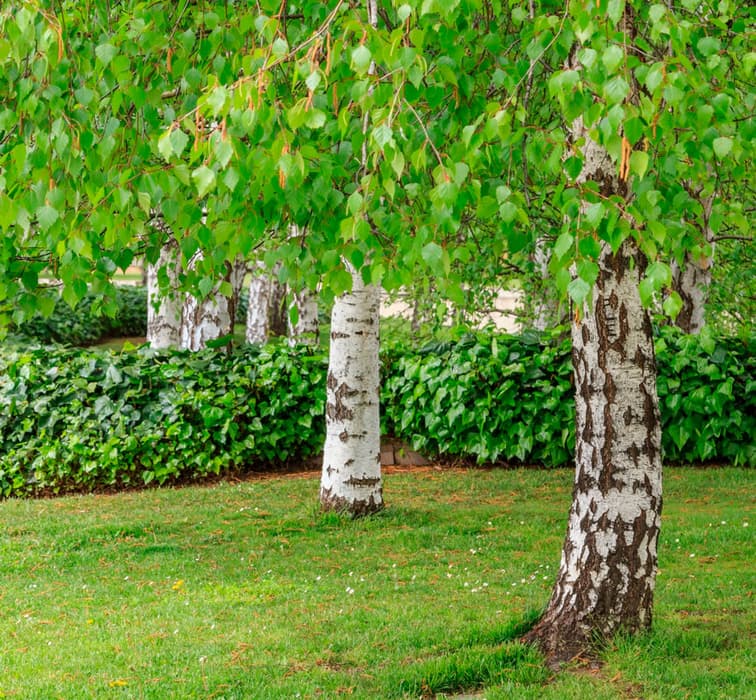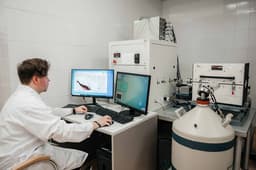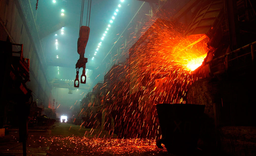Researchers from Perm National Research Polytechnic University (PNRPU) have developed a new method for obtaining cellulose.

The cooking regime of birch wood differs from spruce due to the high density of birch, so it needs to be soaked for a longer time. However, since deciduous wood is easier to cook than coniferous, the duration of the whole process is shortened in this case. The invention simplifies the production of cellulose for chemical processing by improving the bleaching and refining process to obtain a quality target product. If the proposed technology is implemented, enterprises will be able to reduce their costs for product production and wastewater treatment, as the developed method is more environmentally friendly than existing ones.
Spruce and fir are traditional substrates for obtaining cellulose, but recently these trees are becoming less and less. Therefore, scientists proposed using birch in the technological process. Birch chips are cooked in autoclaves with sulfite cooking acid. Then the obtained unbleached mass was subjected to bleaching and refining. The resulting cellulose is used in the production of gunpowder, film and photo film, plastics, paints and much more.
The proposed bleaching method is much more economical and environmentally friendly than traditional ones, so less chemicals, electricity and steam are consumed, which allows to reduce the cost of production. In addition, the new method excludes the formation of chlororganic components in wastewater and gas emissions from the bleaching plant, which reduces costs for their purification.











